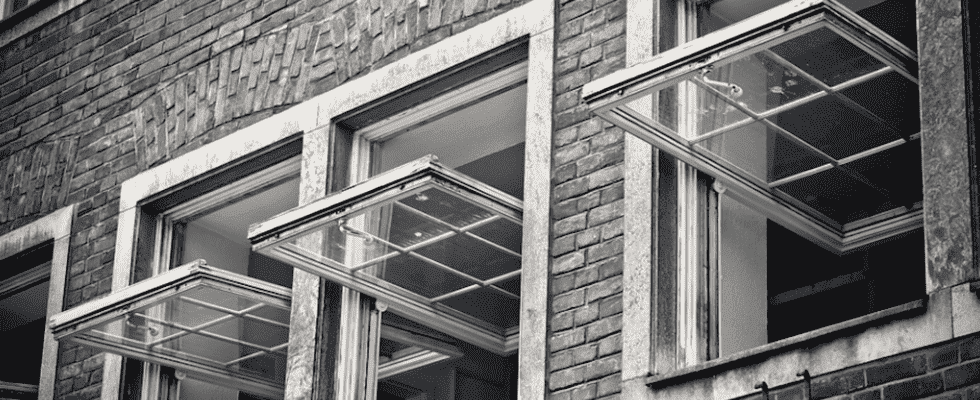Airing remains today one of the main recommendations to fight against the coronavirus when we are indoors, at home or in the office. But in the middle of winter, it’s not easy to leave the windows open. This is why this calculator will be of great help to you in calculating the ideal time between two airings.
Because it has been proven by a series of studies that regularly airing the room where you are can drastically lower the risk of Covid-19 contamination.
Thus, thanks to a mathematical model, the collaborative site Nousaerons.fr has made a simulator available to everyone (accessible HERE) to “find the right ventilation rate”.
Via this simulator, you will be able to modify the size of the room and its characteristics (ceiling height, ventilation), the number of people there, to make them correspond to your situation.
Thus, once the calculation has started, it will be possible to know the “recommended time between two ventilations when wearing a mask is impossible”, the “recommended time between two ventilations while wearing the mask”, the “maximum occupancy time of the mask. local if no ventilation is carried out ”and the“ CO2 rate after one hour without ventilation ”.
For example: in a room of 30 m2, with a ceiling height of 2.5m, including 4 adults and without ventilation, the time between ventilation when wearing a mask is not possible is 14 minutes, and 32 minutes if on the contrary wearing a mask is possible.
Finding the perfect time to ventilate
The creators explained on the home page that “this simulator is intended to help you in this task, in particular to allow you to have a few orders of magnitude in mind when airing”. While specifying nevertheless, “the proposed estimates cannot replace the measurement of the level of CO2 in a room with a reliable detector, which constitutes the simplest and the most effective means to ventilate properly”.
In addition, these are results to be taken with caution because “the transcription of this model and in particular the adjustment of certain parameters were carried out empirically”, explains the designer of this simulator.
